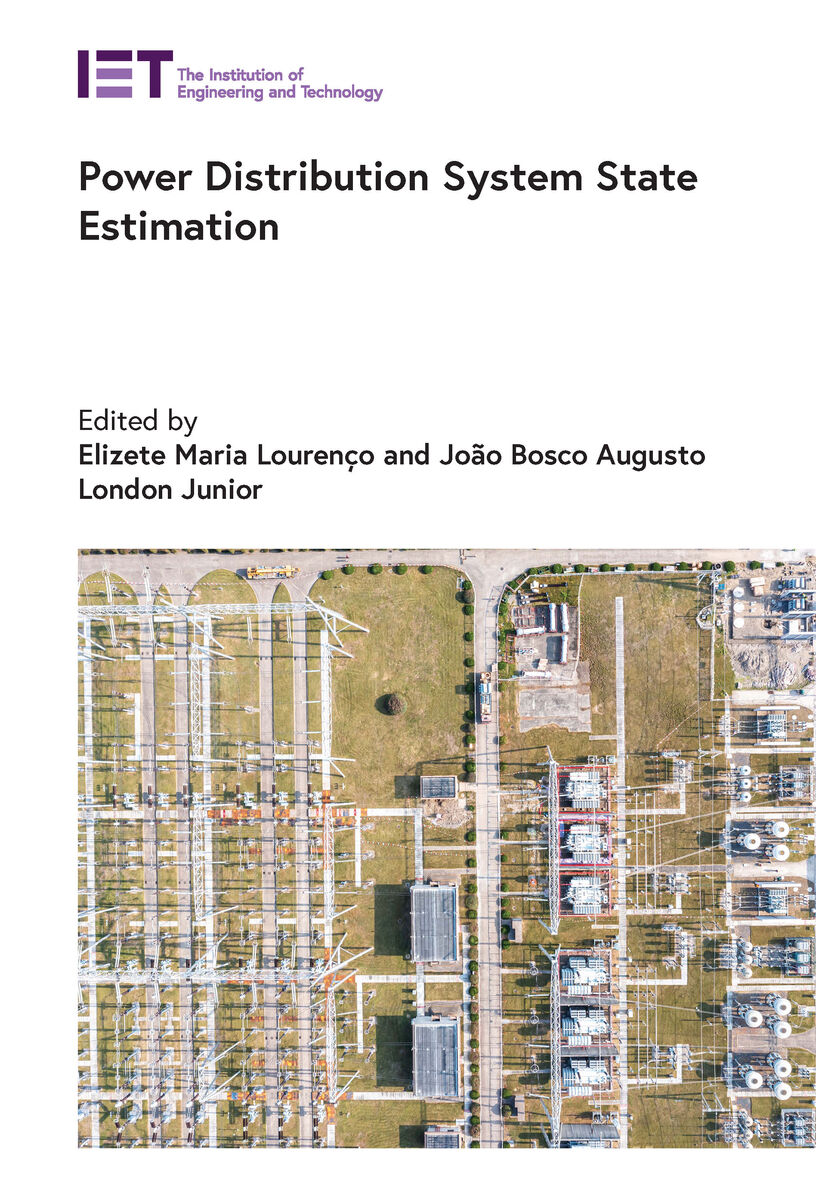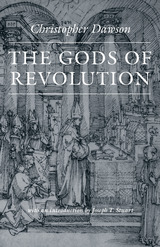Power Distribution System State Estimation
The Institution of Engineering and Technology, 2022
Cloth: 978-1-83953-201-6 | eISBN: 978-1-83724-495-9 (ePub) | eISBN: 978-1-83953-202-3 (PDF)
See other books on: Electrical | Power Resources | Technology & Engineering
See other titles from The Institution of Engineering and Technology
Cloth: 978-1-83953-201-6 | eISBN: 978-1-83724-495-9 (ePub) | eISBN: 978-1-83953-202-3 (PDF)
ABOUT THIS BOOK | TOC
ABOUT THIS BOOK
State estimation is a key function for real-time operation and control of electrical power systems since its role is to provide a complete, coherent, and reliable network real-time model used to set up other real-time operation and control functions. In recent years it has extended its applications to monitoring active distribution networks with distributed energy resources. The inputs of a conventional state estimator are a redundant collection of real-time measurement, load and production forecasts and a mathematical model that relates these measurements to the complex nodal voltages, which are taken as the state variables of the system. The goal of state estimation is to adjust models so that they are closer to observed values and deliver better forecasts. In power systems, this is key to maintaining power quality and operating generation and storage units well.
See other books on: Electrical | Power Resources | Technology & Engineering
See other titles from The Institution of Engineering and Technology












